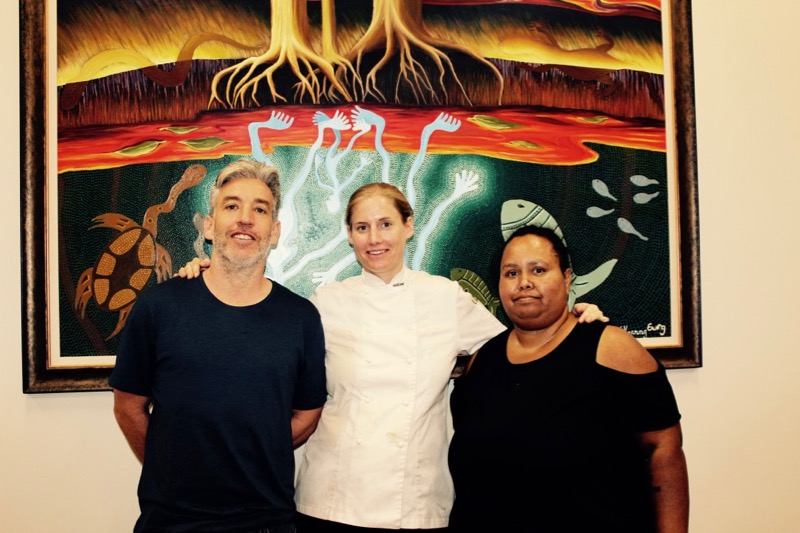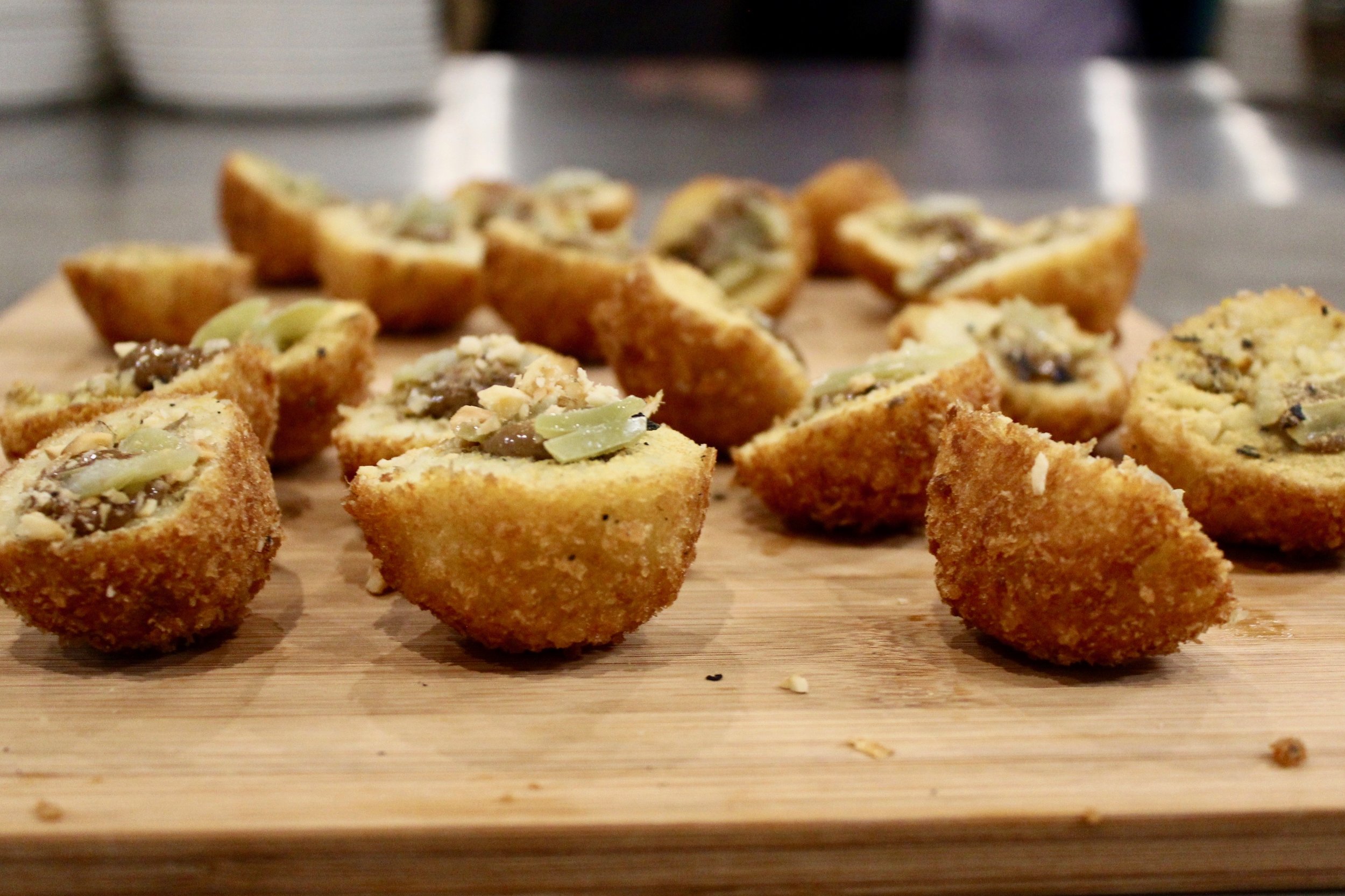It has been a pretty busy week here in the Rivermint Dining kitchen with catering and tasting events taking place throughout Perth. Today marks the end of NAIDOC week, an exceptional celebration of Aboriginal and Torres Strait Islander culture, arts, dance, food and history.
For those who are unfamiliar with NAIDOC (National Aboriginal and Islander Day Observance Committee) Week, now is a great time to learn more. It is held during the first week of July and celebrated in aboriginal communities as well as government organisations, schools and numerous work places. The first Sunday in July, the beginning of NAIDOC week, is a day of remembrance for the hardship experienced by the aboriginal and islander people followed by a full week of cultural celebration and recognition of aboriginal achievements.
As part of their NAIDOC week celebrations, Westfield Whitford City invited RiverMint Dining to chat with customers about some lesser known native Australian ingredients and to introduce them to new flavours. Over the course of the week we prepared tastings for upwards of 600 people, focusing on various ingredients in keeping with the season of Makuru including Geraldton Wax, Fingerlime, Kangaroo, Illawarra Plum and Old Man Saltbush. Our mini tasters were appreciated by all and met with lots of questions. Tastings such as Davidson Plum meringues and seared tiger prawns with fingerlime proved popular and it was great to see members of the general public exploring and discovering the real food of Australia and learning more about the importance of NAIDOC week.
We were also especially honoured and privileged to work alongside the Mark and Kerri-Ann and their team at Binjareb Park in Pinjarra, as we shared in their NAIDOC day celebrations on Saturday 1st July. RiverMint Dining prepared a simple three-course family style dinner for 18 guests featuring truffled emu egg, quick seared crocodile and braised kangaroo. It was lovely to meet new people and to further develop relationships within the aboriginal community as well as to see some of the artwork that makes the artists of Pinjarra so well-known throughout Australia.
Throughout the week we catered and delivered platters of native inspired nibbles, canapés parties and gourmet grazing tables to many businesses and corporate bodies celebrating NAIDOC week. It was a privilege to be able to share such special foods with new clients and we look forward to working with them all in the future. Thank you to all our suppliers and wild harvesting communities, without whom we wouldn't have such amazing ingredients to work with during busy and exciting weeks such as NAIDOC week.





















